Parenting is like stepping into a comedy show you didn’t know you signed up for. Kids have a knack for turning mundane moments into side-splitting adventures. From their unpredictable creativity to their hilarious misunderstandings of everyday life, kids truly bring laughter into the chaos of parenting. Below, we dive into some unforgettable parenting fails that showcase just how comical life with kids can be.
Kids and Their Unintentional Business Ventures
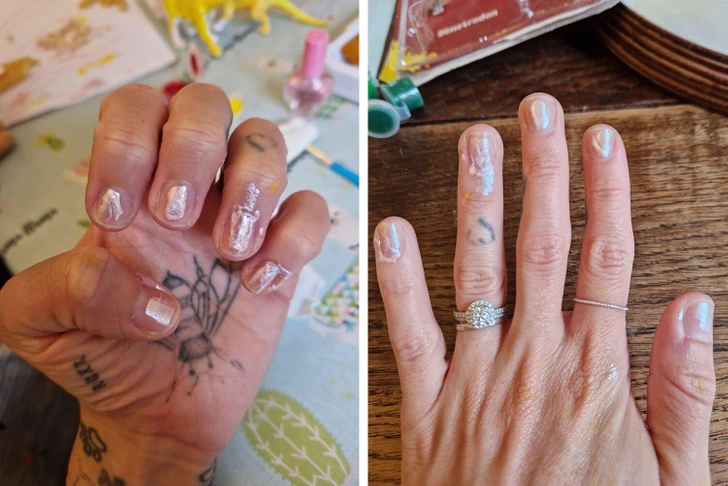
One parent shared a masterpiece crafted by their 2.5-year-old daughter—a set of nails priced at “3 chocolate coins and 1 cookie.” Not only was this adorably entrepreneurial, but it also left everyone wondering if they were underpaying. Kids often see value in the strangest things, and their pricing systems? Totally unique!
DIY Gone Wrong: The Sandbox Saga
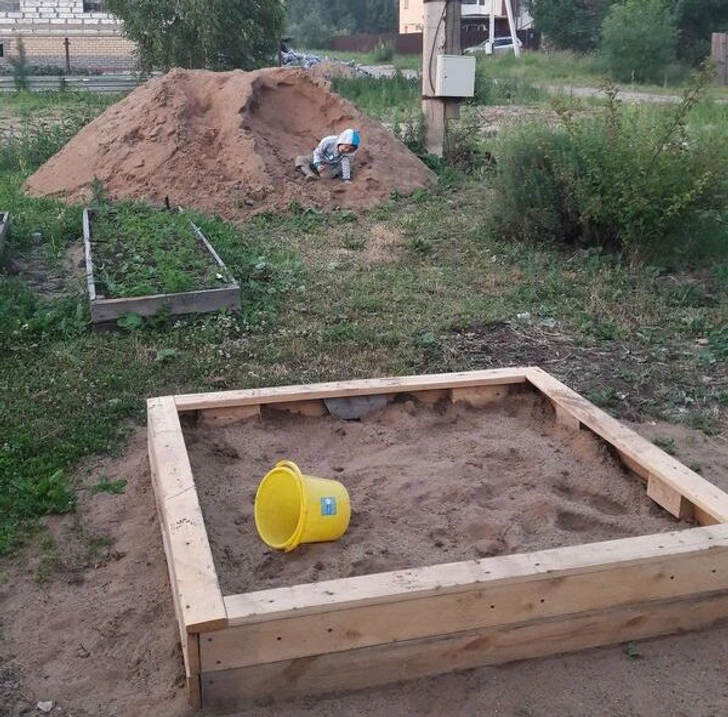
Picture this: a proud parent builds a sandbox, only for their kid to repurpose it as a mud pool—or worse, a “toy burial site.” One Reddit user hilariously admitted that their DIY sandbox became everything except what it was intended for. Lesson learned? Kids and planned projects rarely align.
Museum Mishaps: Breaking History

At a museum in Haifa, a young boy accidentally broke a 3,500-year-old jar. Cue the gasp! While museums are places of learning, they’re also testing grounds for how far little hands can stretch and how much their curiosity can cost. Parents know: the moment you hear “don’t touch,” it’s already too late.
Toilet-Safe Toys: An Unexpected Parenting Perk
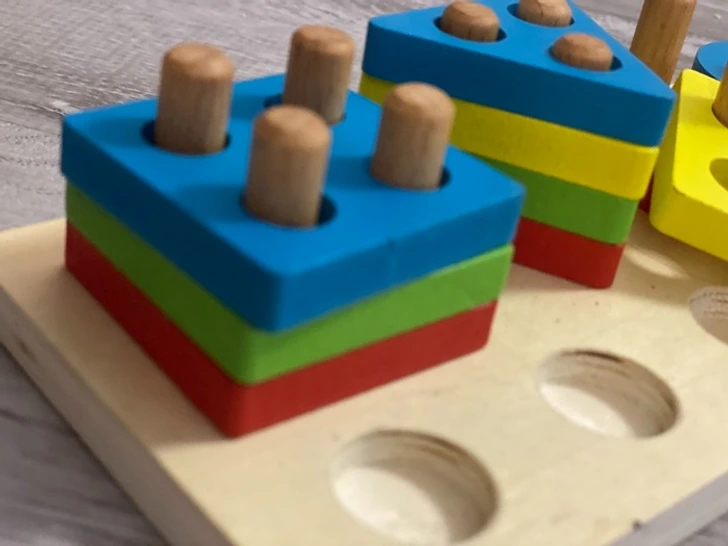
Ever wondered why wooden eco-toys are a hit? A parent discovered that these sturdy creations float—and therefore don’t drown in the toilet. Turns out, durability isn’t just for playtime; it’s also for surviving the bathroom escapades of curious toddlers.
Muffin Madness and Ketchup Catastrophes
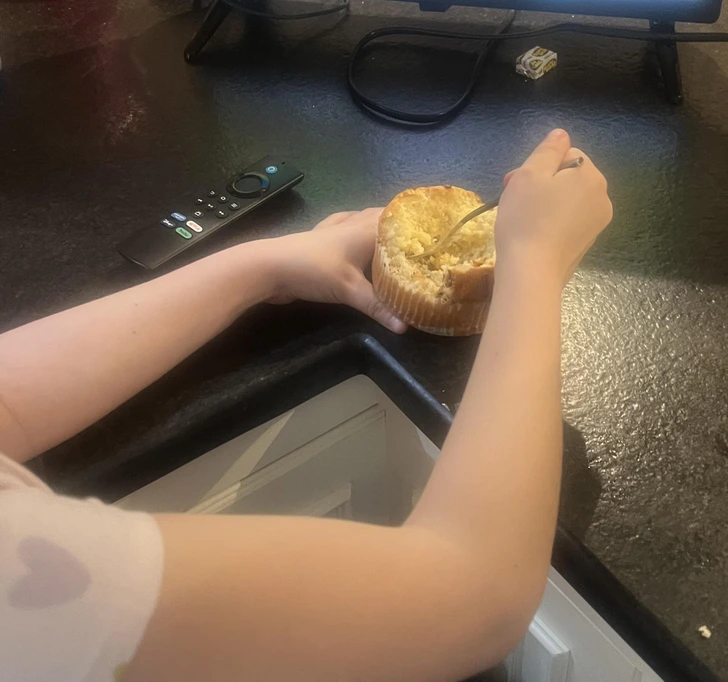
If you think eating is a straightforward task, you’ve never seen a kid tackle a muffin or ketchup bottle. One parent lamented that their child somehow managed to eat only the muffin top, leaving the rest behind as if it were a discarded project. Another parent gave their daughter the freedom to pour ketchup, only to witness a plate submerged in red. Kids love a bit of chaos with their meals!
Garage Adventures Gone Haywire
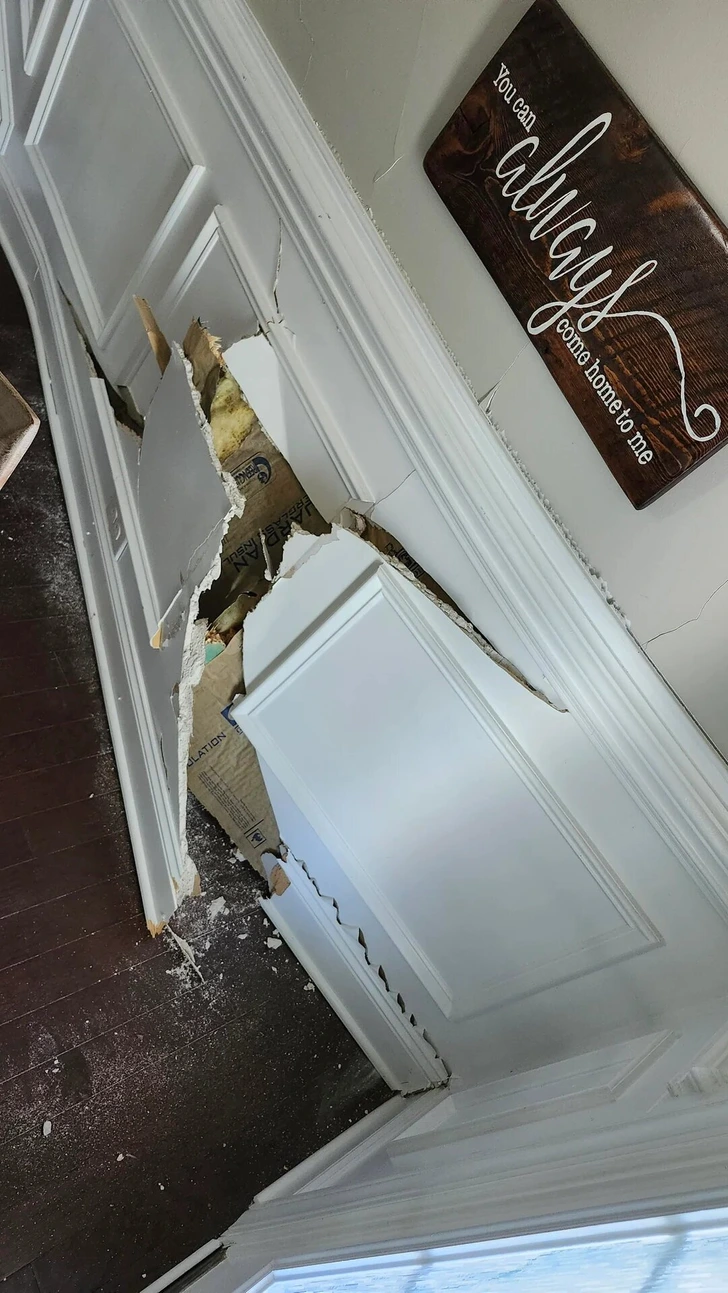
Teaching kids life skills? Noble, but risky. One parent let their daughter pull the car into the garage, only to realize that “close enough” doesn’t cut it. What followed was a garage door disaster that made for a teachable (and laughable) moment.
Hiding Loose Change Like Mini Criminals
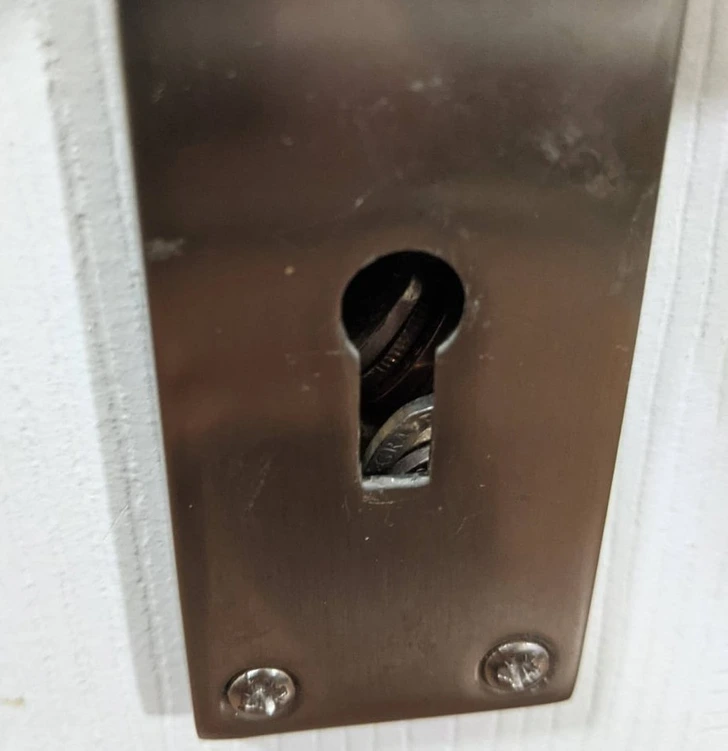
Ever feel like your coins are disappearing? Check your kid’s secret stash. One parent found their loose change expertly hidden in the most bizarre places by their twins. These tiny “bandits” were clearly plotting something big—or maybe they just wanted to fund their next candy spree.
Terrifying Mask Pranks and Makeup Mishaps

Kids have a way of scaring themselves silly. A parent shared that their son would put on a spooky mask and then scream in terror at his reflection. Meanwhile, another parent became a living canvas for their kids’ artistic makeup experiments—complete with one side looking Picasso-inspired and the other side resembling a beauty tutorial gone wrong.
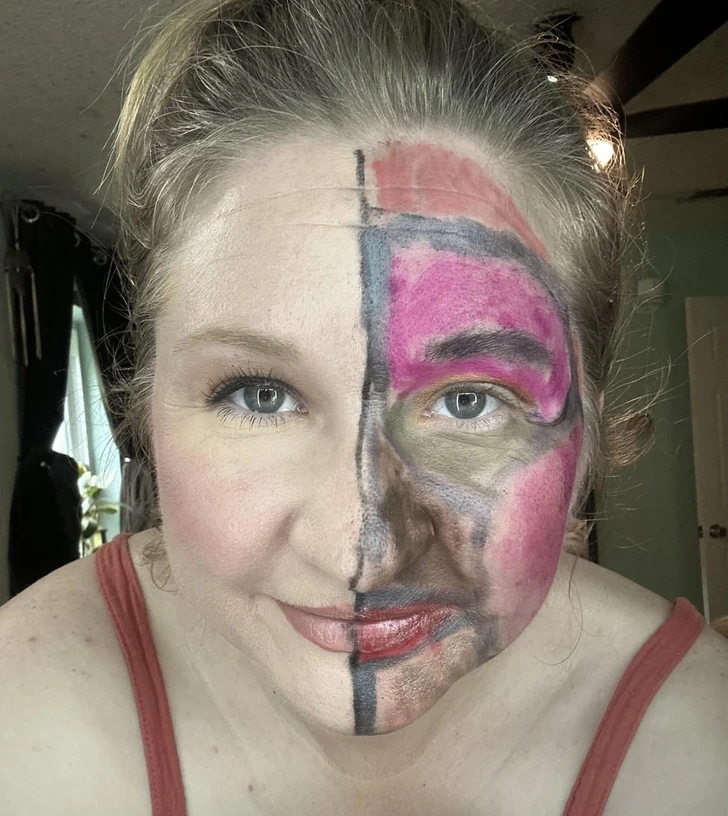
Slime in the Sofa and Other Sticky Situations
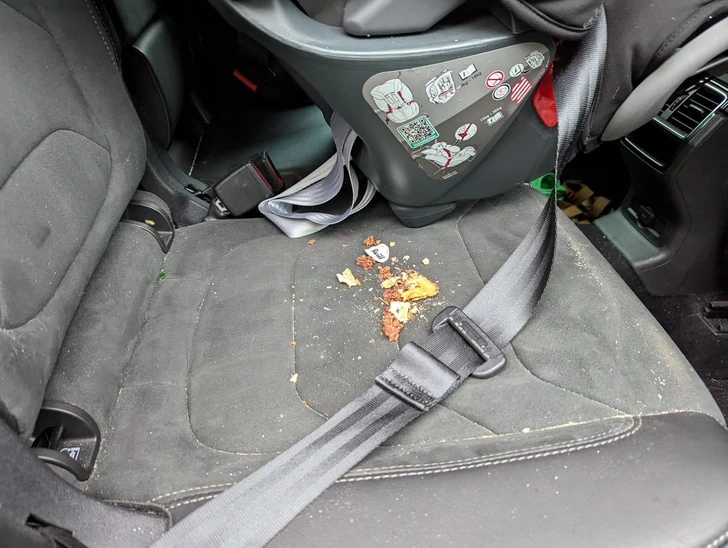
Glue slime, glitter, and all things sticky always seem to find their way onto furniture. One parent returned to find their sofa transformed into a slimy science lab, courtesy of their daughter and her best friend. Moral of the story? Never underestimate the power of “fun experiments.”
Hot Dog Negotiations and Locked Door Drama

Parenting often means setting rules kids hilariously misinterpret. One dad told his son to eat half a hot dog before starting a movie. The result? The kid meticulously measured the hot dog to ensure compliance. And let’s not forget the child who accidentally locked their mom in a room—using nothing but their own teeth to hold the doorknob. Kids’ problem-solving skills are as inventive as they are amusing.
Water Fountain Woes and Playground Shenanigans

A parent shared watching a child drink directly from a playground water feature—ground level and all—before an adult intervened. It’s a reminder that kids view the world through their own quirky lens, even if it involves the occasional questionable decision.
Bonus: The Struggles of Being the “Cool Parent”
Navigating parenthood often means balancing between being fun and responsible. One dad humorously recounted how his son had a midnight meltdown, convinced he’d “lost his hand” (spoiler: it was still attached). Another parent shared how giving in to tantrums with sweets felt like walking a tightrope between sanity and surrender.
Conclusion: Embrace the Chaos and Laugh Often
Parenting isn’t about perfection; it’s about finding joy in the unpredictable. Kids have an extraordinary way of turning ordinary days into memorable stories. From ketchup disasters to sandbox surprises, they remind us that laughter is the best remedy for even the most chaotic moments. So, next time your kid surprises you with their antics, take a deep breath—and maybe grab your camera. These fails might just become your favorite memories.


